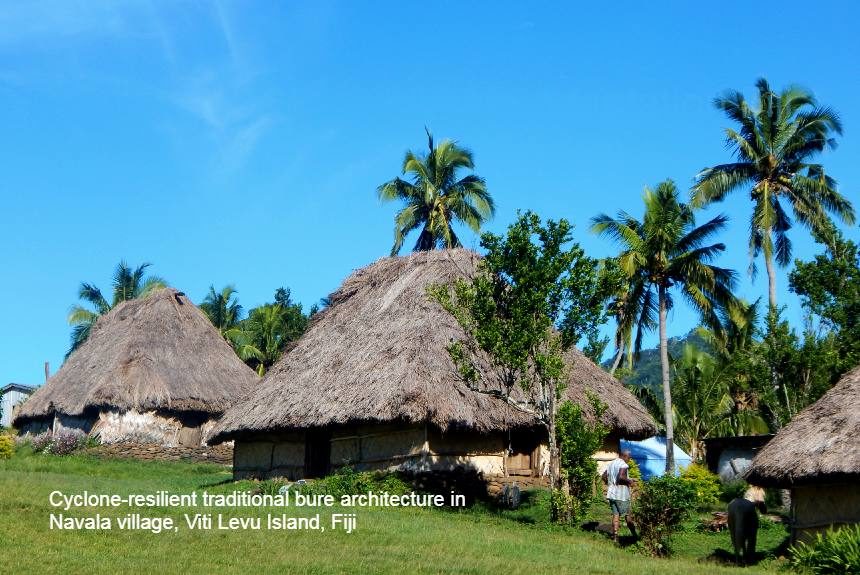As a developing small island nation, Fiji is very vulnerable to extreme climatic conditions. Intense cyclones resulting in floods visit the country regularly, causing widespread damage and losses to property, livelihood, and infrastructure.
The paper examined the climate adaptation strategies of Indigenous Fijian communities and households in the lower Ba River Catchment in Western Viti Levu and how they are influenced by socio-cultural values and access to resources, information, and power. Andreas Neef, Lucy Benge, Bryan Boruff, Natasha Pauli, Eberhard Weber, and Renata Varea jointly authored the study.
Researchers have carried out a series of field studies to examine the climate adaptation strategies of the downstream communities and households of the Ba River Catchment after they were affected by two major flood events in 2012. The area was also hit by major cyclones—Cyclone Evan in 2012 and Cyclone Winston in 2016.
Data showed that Fijian’s local adaptations are not necessarily based on scientific knowledge but “have developed in socially and culturally relevant ways.”
The study revealed that Fijian communities’ climate adaptation practices included mobility, storage, diversification, communal pooling, and market exchange.
The first one, mobility, refers to the movement of livestock and fields and the relocation of individual households and communities to new areas, whether temporary or permanent, after a flooding event.
According to the study, relocation can be hampered by senior members reluctant to leave because of cultural and historical ties. Other reasons would include a lack of external support and resources. Younger generations tend to turn away from subsistence farming and wage labour and want to relocate.
Storage refers to the community’s capacity to store water, food, fuel, livestock, and household items in preparation for disasters. Research data show that communities have limited storage capacity during a disaster, and they have expressed a desire to construct food and water storage to increase their resilience against floods and disasters.
Diversification refers to the changes communities made in their livelihood practices, behaviours and beliefs to become more resilient. Communities have diversified their agriculture and adapted their fishing practices to maintain basic food and income security.
Communal pooling refers to a community’s joint ownership and pooling of its assets, resources, labour, information, and knowledge during floods or disasters.
In Fiji, village schools are used as evacuation centres. Members pool their labour for reforestation, planting mangroves, and constructing drains to channel floodwaters. Those with access to food and water share these resources with the rest of the community during disasters.
These adaptation strategies show that the community’s ability to cope with disasters is closely linked to its social networks or to a preexisting network of trust, communication, and support.
Lastly, market exchange refers to the community’s access to the market, insurance, and trade for adaptation.
After a flooding event, the study finds market exchange plays a limited role in adaptation after disasters. Instead of selling their crops and fish harvest in the market, they keep them for household supply and consumption. However, household savings work as insurance and help to strengthen food and income security.
The study reveals that Fijian communities and households’ climate adaptation strategies vary widely and are deeply embedded in a complex set of social norms and cultural values that enable or restrict adaptation.
The study attempted to understand how highly localized adaptive practices have shaped the community’s long-term risk reduction. It says that when rolling out adaptation strategies, it pays to recognize the community’s complex socio-cultural norms and “diverse local practices rather than attempt to shape their practice according to a standardized metric of disaster risk reduction and adaptation.”
If you want a copy, please contact, Andreas Neef (a.neef@auckland.ac.nz)
To view the study, click the link below.
Source:
Neef, A., Benge, L., Boruff, B., Pauli, N., Weber, E., & Varea, R. (2018). Climate adaptation strategies in Fiji: The role of social norms and cultural values. World Development, 107, 125-137
PHOTO CREDIT: Andreas Neef



Leave a Reply